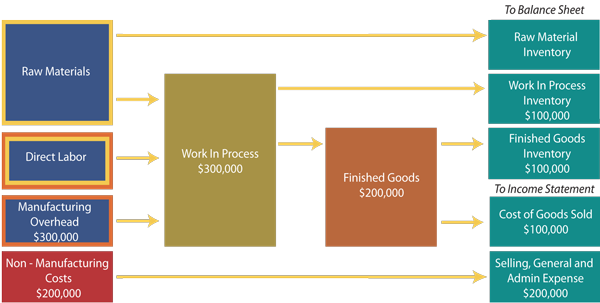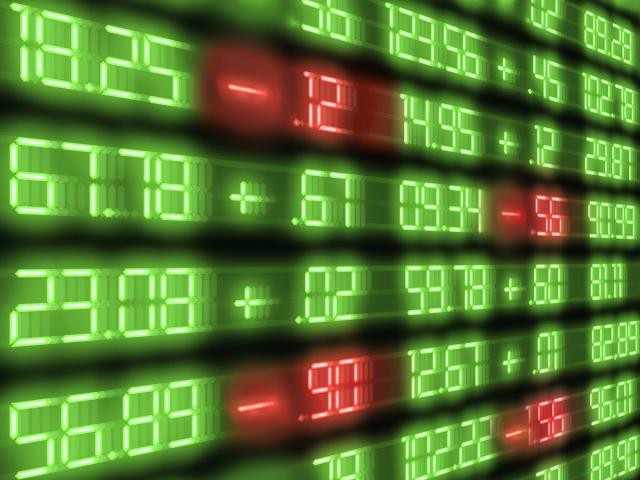Financial Account Definition Components and How It Works
Post on: 16 Март, 2015 No Comment

Definition: The financial account is the increases or decreases in international ownership of assets. The owners can be individuals, businesses, the government or its central bank. The assets include securities, such as stocks and bonds, commodities such as gold and hard currency, and direct investments.
The financial account is part of a country’s balance of payments. The other two parts are the capital account and the current account. The capital account measures financial transactions that don’t affect income, production or savings, such as international transfers of drilling rights, trademarks and copyrights. The current account measures the international trade of goods and services plus net income and transfer payments.
The financial account has two main sub-accounts. The first is domestic ownership of foreign assets. If this increases, it adds to a country’s financial account. The second sub-account is foreign ownership of domestic assets. If this increases, it subtracts from a country’s financial account.
The financial account reports on the change in total international assets held. You can find out if the amount of assets held increased or decreased. It does not tell you how much in total assets is currently being held.
The 2 Sub-Accounts of the Financial Account
The financial account components are pretty much the same in each sub-account, whether the asset is owned by someone in the country or a foreigner. However, when the government is involved, special terms are used for some of the assets it owns. Therefore, the components of financial accounts should be examined within each of the two main sub-accounts: domestic ownership of foreign assets, and foreign ownership of domestic assets.
1. Domestic Ownership of Foreign Assets: This sub-account is further divided into three types of ownership: private, government and central bank reserves. No matter which entity is owning the foreign asset, increases contribute to a surplus in the financial account.
Private owners can be either individuals or businesses. Their assets include:
- Deposits at foreign banks.
- Loans to foreigners.
- Securities of foreign-owned companies.
- Direct investments made in foreign countries.
- Commodities, such as gold, being held in other countries.

Government owners can be at the federal, state or local level. However, most foreign assets are usually owned by the federal government. Its assets can include all of the above, but is usually gold and foreign currencies held in reserve. This component also includes the government’s reserve position in the International Monetary Fund .
The nation’s central bank can own all of the above except for the reserve position in the IMF. In addition, it owns currency swaps with other central banks. (Source: New York Federal Reserve Bank, Balance of Payments ; Bureau of Economic Analysis, Current Account )
2. Foreign Ownership of Domestic Assets: This sub-account is further divided into two types of ownership: private and foreign official assets. When foreigners increase their ownership of a country’s assets, it adds to the financial account deficit.
These assets include:
- Deposits owned by foreigners held at the country’s banks.
- Loans made by foreign banks to domestic banks.
- Foreign private purchases of a country’s government bonds (such as U.S. Treasury notes ).
- Corporate securities, such as stocks and bonds, owned by foreigners.
- Foreign direct investment. such as reinvested earnings, equities and debt.
- Other debts owed to foreigners.
- Hard assets, such as gold and other commodities.
- The country’s currency.
Foreign official assets include:
- All the assets mentioned above that are held by foreign governments or foreign central banks.
- Net shipments of the country’s currency to foreign governments or foreign central banks.
The financial accounts measure the change in international ownership of assets. This should not be confused with the income, such as interest and dividends, that is paid out on the assets owned. That is measured by the current account .
Why Is the Financial Account Important?:
The financial account is important because it’s a large component of the balance of payments. If the financial account runs a large enough surplus, it can help offset a trade deficit. However, that’s not really a good thing. It means that the country is selling off its assets to pay for its purchases of foreign goods and services. That’s like selling off your land, a piece at a time, to pay for groceries. You would be better off investing in that land, by perhaps farming it to grow your own food. Eventually, you will have sold off all your assets for something you consumed. Article updated November 19, 2014














